Why are there crystals on my cheese? - calcium lactate crystals - Part 2

Introduction: Why Does Cheese Develop Crystals and Should You Worry?
Have you ever noticed tiny crunchy granules inside your favorite hard cheese? At first glance, they might look like salt or even a sign that the cheese has gone bad. In reality, these little bits are usually calcium lactate crystals or tyrosine crystals - natural compounds formed during the cheese aging process.
Many cheese lovers consider this subtle crunch a delightful bonus, an indicator of quality and proper maturation. However, if you’re unfamiliar with these natural formations, you might wonder: Why do these crystals appear, and are they safe to eat?
In this article, we’ll explore:
-
What are these crystals found in cheese?
-
Why does calcium lactate crystallize in certain conditions?
-
Do they affect the flavor and quality of cheese?
-
Should you be concerned, and can you prevent them?
Many culinary enthusiasts use aged cheeses with crystals in gourmet recipes - learn more at Book of Foods.
What Are These Crystals in Cheese?

When you slice into a piece of cheese and spot tiny white specks, your first thought might be salt. But in most cases, they are crystals formed during the natural aging process of cheese. These crystals are typically one of two types: calcium lactate crystals or tyrosine crystals.
Calcium Lactate Crystals
Calcium lactate is a compound made from calcium and lactic acid, both naturally present in cheese. Under certain conditions - such as fluctuations in temperature, moisture levels, and pH - this compound becomes less soluble and crystallizes. As a result, you may see small, white, crunchy bits on the surface or within the cheese.
Calcium lactate crystals are most common in:
-
Semi - hard and hard cheeses (such as Gouda, Cheddar, Colby).
-
Cheeses that have been stored for a long time.
-
Products exposed to temperature and humidity variations during storage.
Tyrosine Crystals
Tyrosine is an amino acid released during proteolysis, the breakdown of proteins that occurs as cheese matures. These crystals often form in long - aged cheeses, including:
-
Parmesan
-
Aged Cheddar
-
Pecorino Romano
-
Gruyère
Tyrosine crystals are a hallmark of extended fermentation and high - quality production. They provide that distinctive, satisfying crunch cheese enthusiasts love.
Why Do Calcium Lactate Crystals Form in Cheese?

The appearance of crystals in cheese isn’t random - it’s the result of chemical and physical changes during aging and storage. Here are the main factors that lead to the formation of calcium lactate crystals:
1. High Levels of Calcium and Lactate
During cheesemaking, some calcium and lactic acid remain in the cheese matrix. When their concentration becomes too high, they combine and crystallize, forming calcium lactate crystals.
2. pH Changes
As cheese ages, its acidity changes. When pH rises above a certain point, calcium lactate becomes less soluble, encouraging crystal formation.
3. Unstable Storage Conditions
Temperature or humidity fluctuations during storage accelerate crystallization. This often happens with cheeses that have been cut and repackaged for retail or kept in home refrigerators for long periods.
4. Long Aging Periods
The longer a cheese matures, the more likely crystals will appear. Over time, mineral compounds concentrate, and structural changes in the protein matrix make crystallization easier.
5. High Salt Content
Excess salt in the brine or on the cheese surface can alter moisture balance, promoting calcium lactate crystallization.
Good to Know: Calcium lactate crystals are completely safe and generally indicate that the cheese is natural and has undergone proper maturation.
Do Crystals Affect Cheese Flavor and Quality? Are They Safe to Eat?

When consumers notice crystals in their cheese, the first question is: Is this a defect or a sign of quality?
Are Cheese Crystals Safe?
Yes! Calcium lactate crystals are completely safe to eat. They’re a natural part of the cheese’s composition, formed from calcium and lactic acid - both originally present in milk. These crystals do not contain harmful substances or indicate spoilage.
How Do Crystals Affect Flavor and Texture?
Calcium lactate crystals themselves are nearly tasteless but add a pleasant crunch to the cheese’s texture. Many cheese lovers consider this a desirable characteristic that signals natural aging.
Tyrosine crystals, on the other hand, enhance both texture and depth of flavor, especially in long - aged cheeses like Parmesan or Aged Cheddar.
Quality Indicator or Defect?
-
In premium aged cheeses (such as Parmesan, Gruyère, Pecorino), crystals are a hallmark of quality and maturity.
-
In younger cheeses (like mild Gouda or young Cheddar), crystal formation might occur due to storage conditions or recipe specifics - but it does not mean the product is spoiled.
Can You Prevent Cheese Crystals and How to Store Cheese Properly?

While cheese crystals are safe and often appreciated by cheese connoisseurs, some consumers prefer a smoother texture. Here’s how both producers and consumers can minimize crystal formation.
How Cheesemakers Can Reduce Crystal Formation
Producers can control the development of calcium lactate crystals by following specific guidelines:
-
Maintain proper pH during aging (typically 5.2–5.4).
-
Regulate calcium content in milk and the cheese curd.
-
Control salt levels in brine and on the cheese surface.
-
Ensure consistent humidity and temperature throughout the aging process.
How to Store Cheese at Home
For consumers, the key is to maintain stable conditions:
-
Keep cheese at a steady temperature of 39–46°F (4–8°C).
-
Avoid drying out - wrap cheese in waxed paper or specialty cheese wrap, not regular plastic wrap.
-
Avoid prolonged storage of pre - cut pieces - buy smaller portions when possible.
-
If your cheese already has crystals, don’t worry - they’re harmless and even a sign of quality in aged cheeses.
Note: It’s impossible to completely eliminate crystal formation in natural cheeses that undergo aging. However, proper storage can help maintain the cheese’s original texture for longer.
Interesting Facts About Cheese Crystals

-
In Italy, crystals in aged cheeses are called “cheese diamonds”, and their presence is considered a sign of perfect maturation.
-
Cheese enthusiasts often seek out tyrosine crystals because they add a satisfying crunch and indicate complex flavor development.
-
In the U.S. and Europe, cheese crystals are viewed as a mark of quality, not a defect.
-
Mass - market producers of young cheeses aim to avoid crystal formation to maintain a smooth texture for consumers.
Conclusion: Are Cheese Crystals Good or Bad?
If you find tiny white specks in your cheese, don’t panic. Calcium lactate or tyrosine crystals are natural by - products of the cheese aging process - not a sign of spoilage. They are completely safe to eat and often enhance the sensory experience of eating cheese.
What Should You Do?
-
Prefer a smooth texture? Choose young cheeses and store them under stable conditions.
-
Love bold flavors and a subtle crunch? Opt for aged varieties like Parmesan, Gruyère, or Aged Cheddar - crystals are a sign of excellence!
Remember: Great cheese is a living product. These natural changes signal authenticity and craftsmanship.
Want to explore delicious recipes with aged cheeses? Check out more ideas at Book of Foods.



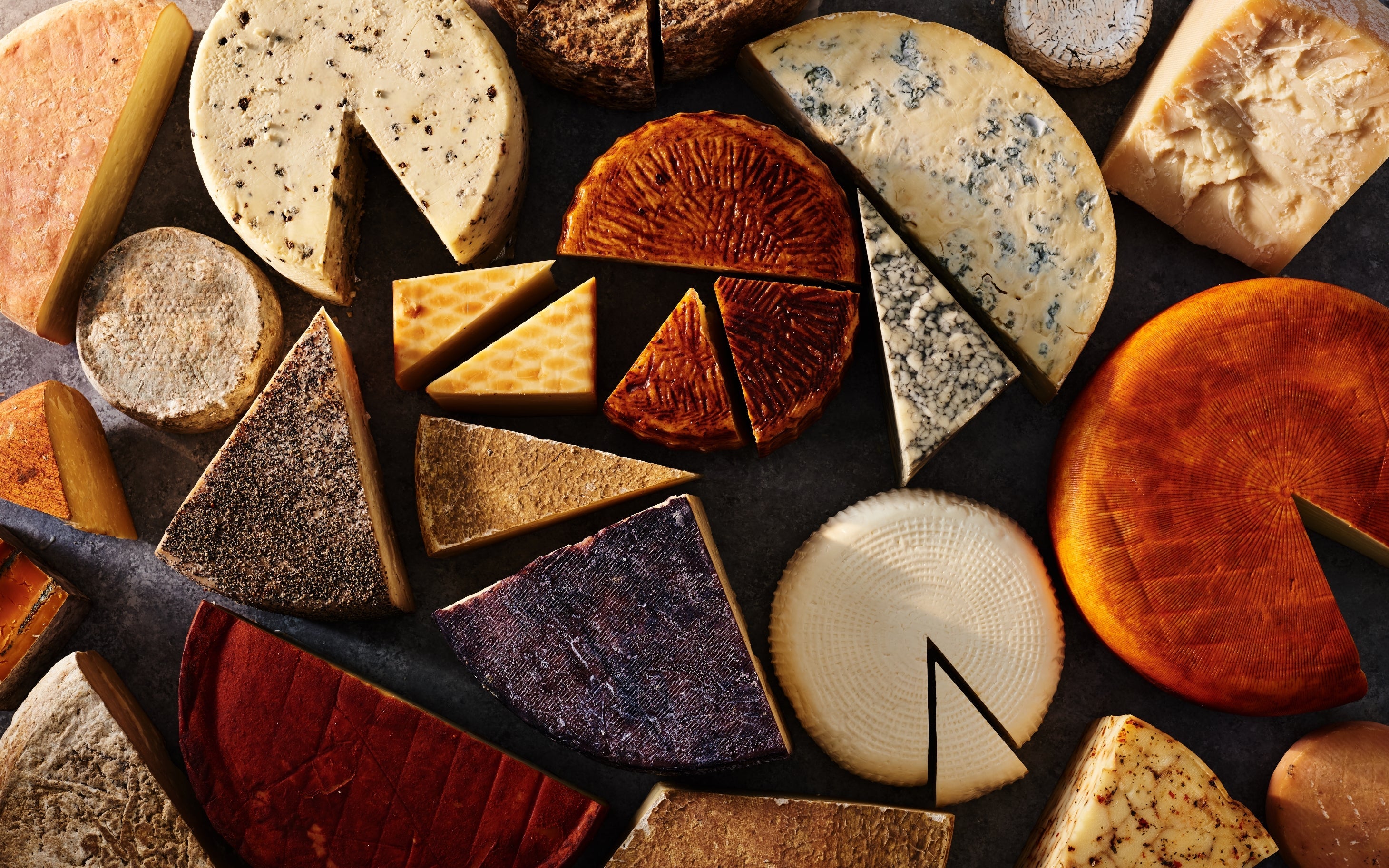
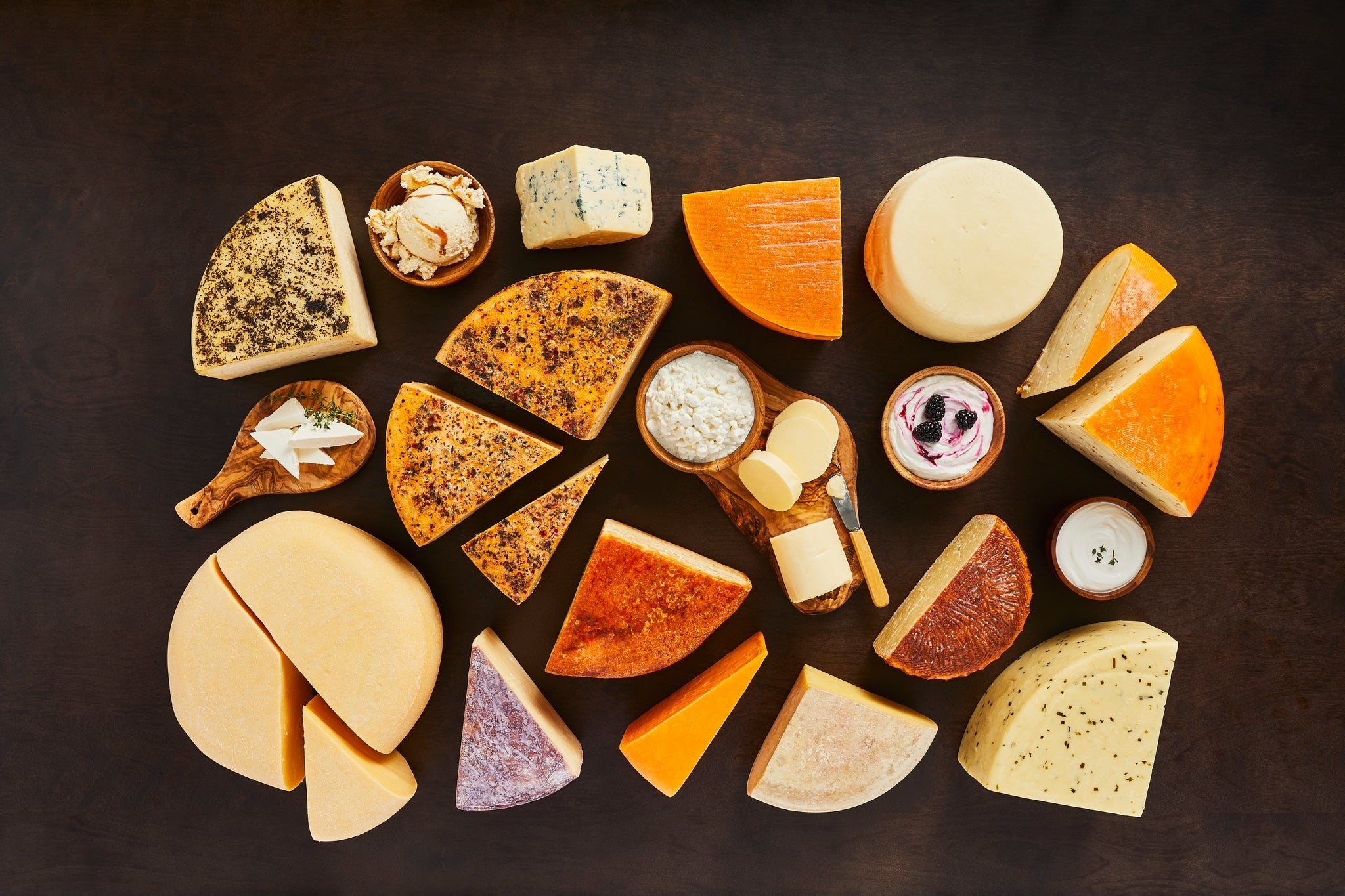
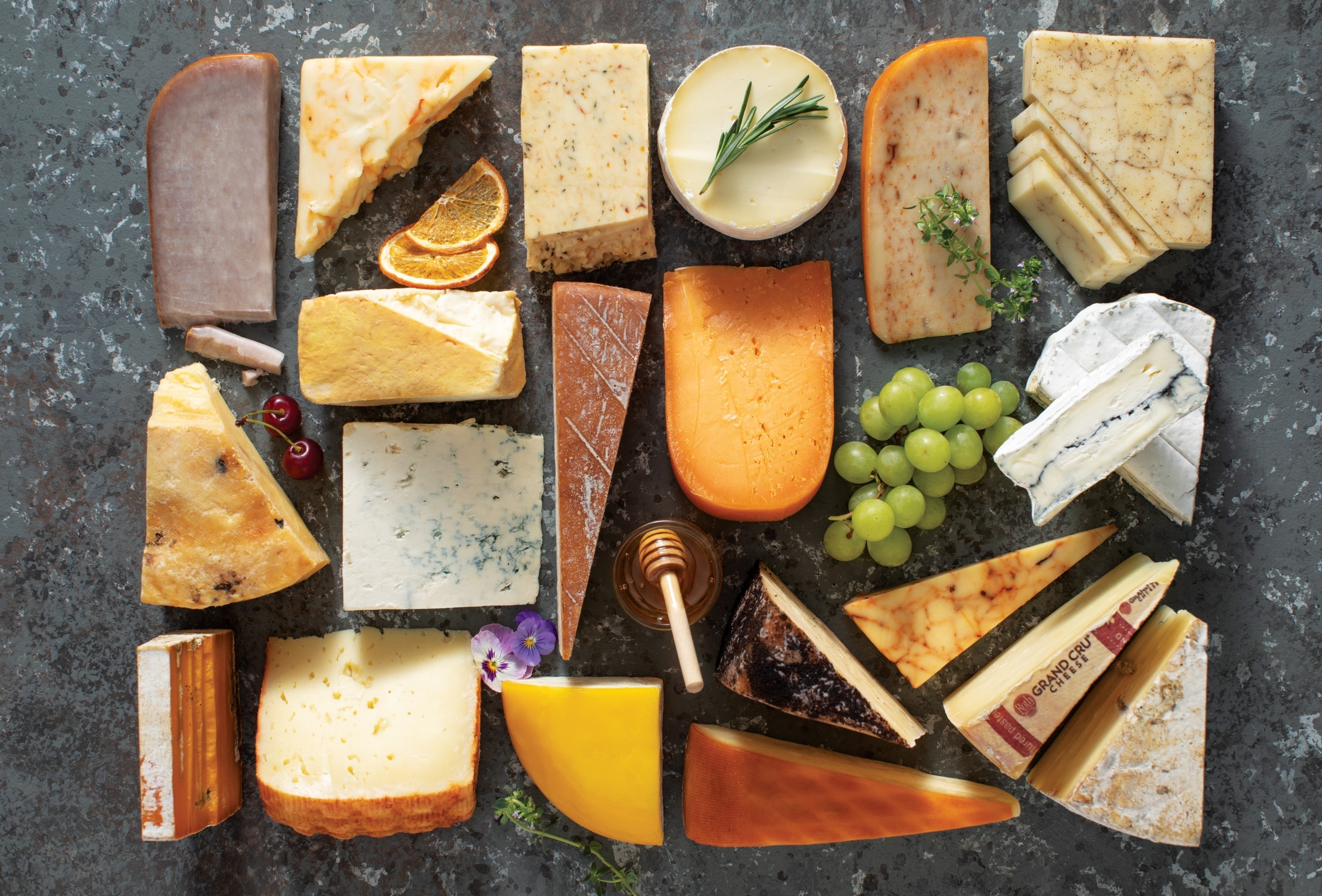

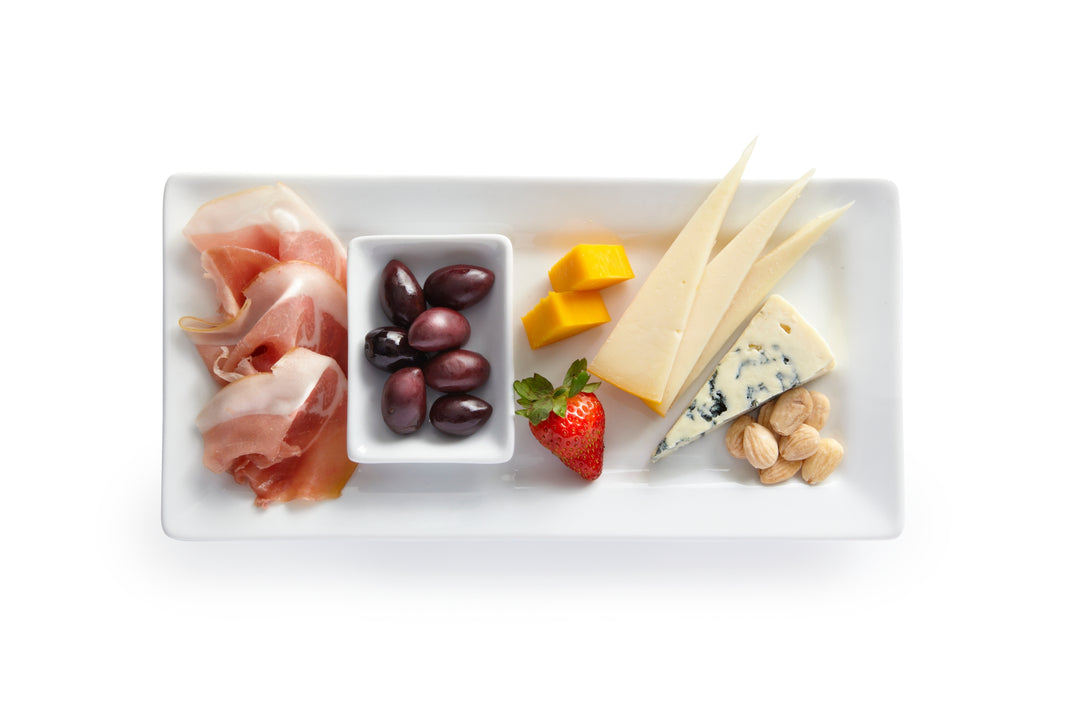
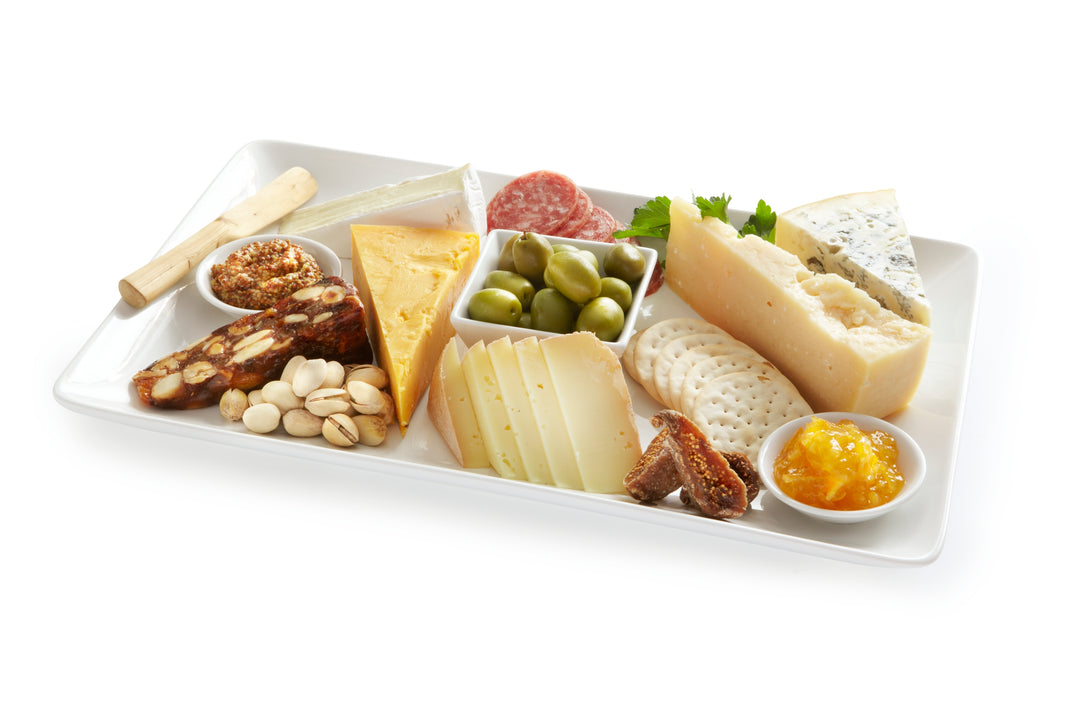
Leave a comment